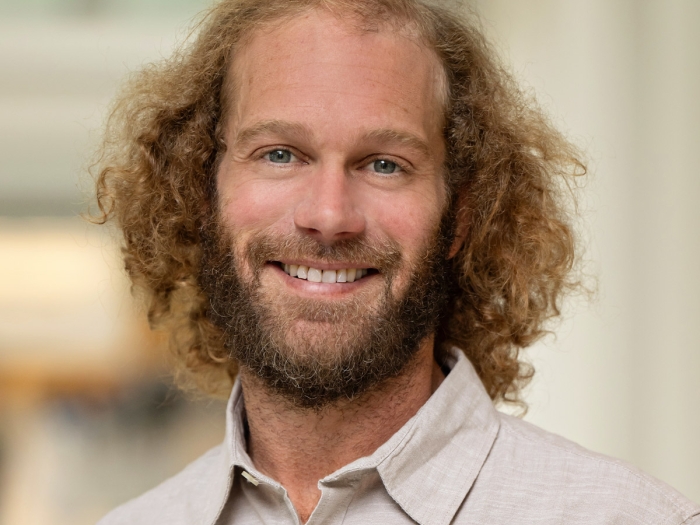Palmer Commons, Forum Hall
Satellite Streaming:
NCRC 520, Room 1141
“Decoding neuronal diversity from genome to connectome through cell lineages”
Abstract
Complex neural networks consist of many neurons with distinct identities. Though it is long appreciated that the enormous neural diversity arises in spatiotemporally patterned manners, the exact underlying molecular mechanisms remain unclear even in the relatively trackable Drosophila brain. We map cell lineages and then track changes in gene expressions and genome states along actual cell lineages to see how the genome encodes brain connectome.

Peter D. Meister Professor of the Life Sciences, Life Sciences Institute
Professor of Molecular, Cellular, and Developmental Biology, College of Literature, Science, and the Arts
Investigator, HHMI (University of Michigan)
Tzumin Lee received his M.D. in Taiwan and earned his Ph.D. at Johns Hopkins Medical School, where he discovered the power of Drosophila genetics from Dr. Denise Montell, Ph.D. Lee then studied the development of the nervous system in the lab of Liqun Luo, Ph.D., at Stanford.
He set out to develop a way to label specific neurons based on cell lineage. The technique, called mosaic analysis with a repressible cell marker, or MARCM, is used to discover the functions of genes, as well as to trace the lineages of neurons and the paths of neural impulses. Besides uncovering genes critical for lineage-guided neural development, Lee has taken MARCM further, creating twin-spot MARCM and lineage-restricted genetic drivers. These refinements make it easier to identify individual neurons and their origins.
At the Howard Hughes Medical Institute Janelia Research Campus, Lee reconstructed the development of the fruit fly brain from individual neural stem cells to diverse neural types. By profiling the transcriptomes of cycling neural stem cells over time, Lee has further uncovered several temporal factors that encode time and confer serial-born neurons with distinct birth order-dependent cell fates.
At the University of Michigan, Lee is working to track genome states and neuronal lineages simultaneously in various model organisms to reveal the genomic mechanisms that shape distinct brains characteristic of different species.

Professor

Assistant Professor
